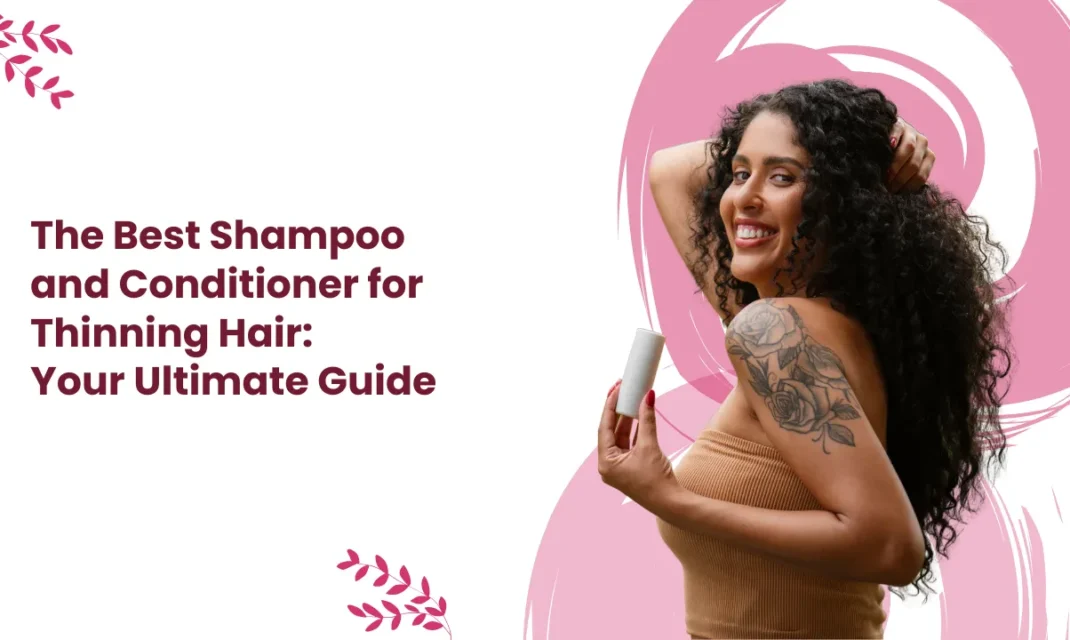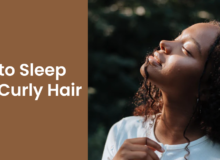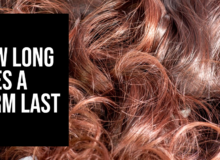Can Flaxseed Gel Tame Your Frizz and Smooth Your Curls?
Frizzy curls can be a real struggle, right? You want smooth, defined curls, but nothing seems to work. Here’s the good news: Flaxseed gel for hair can help. It’s natural, easy to make, and it tames frizz. It smooths your curls and gives them definition. Plus, it doesn’t weigh your hair down. If […]













